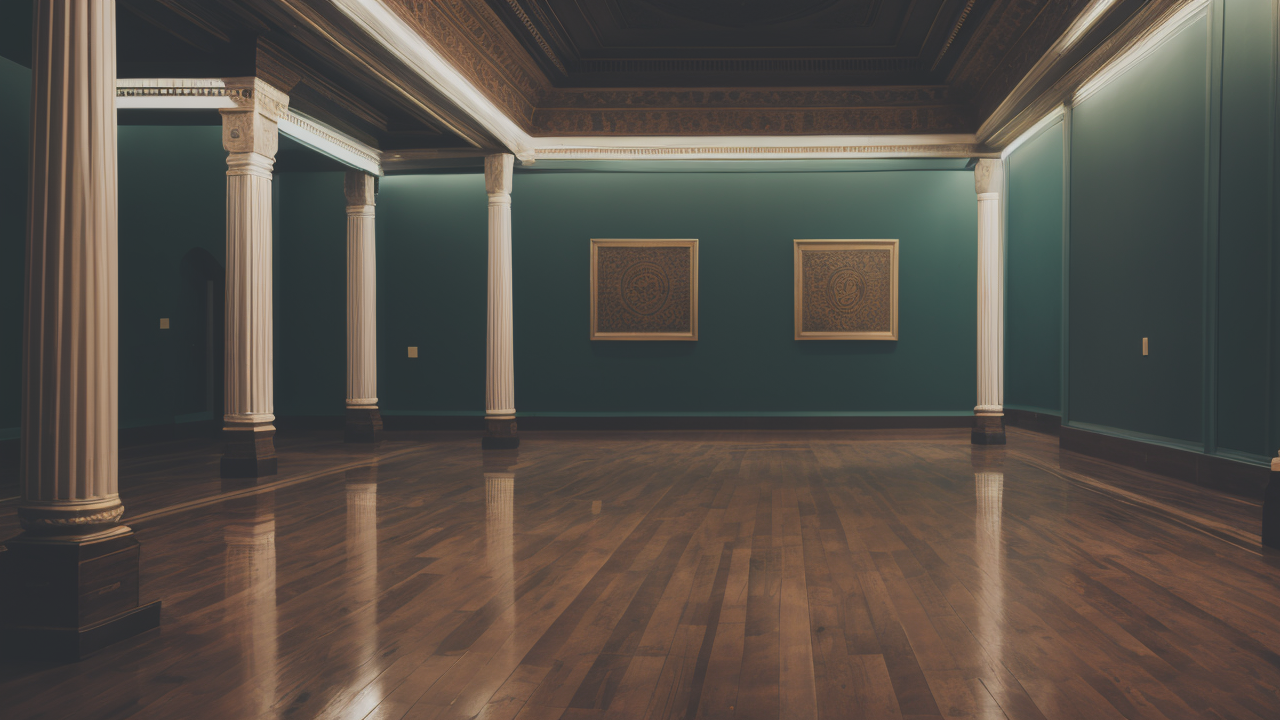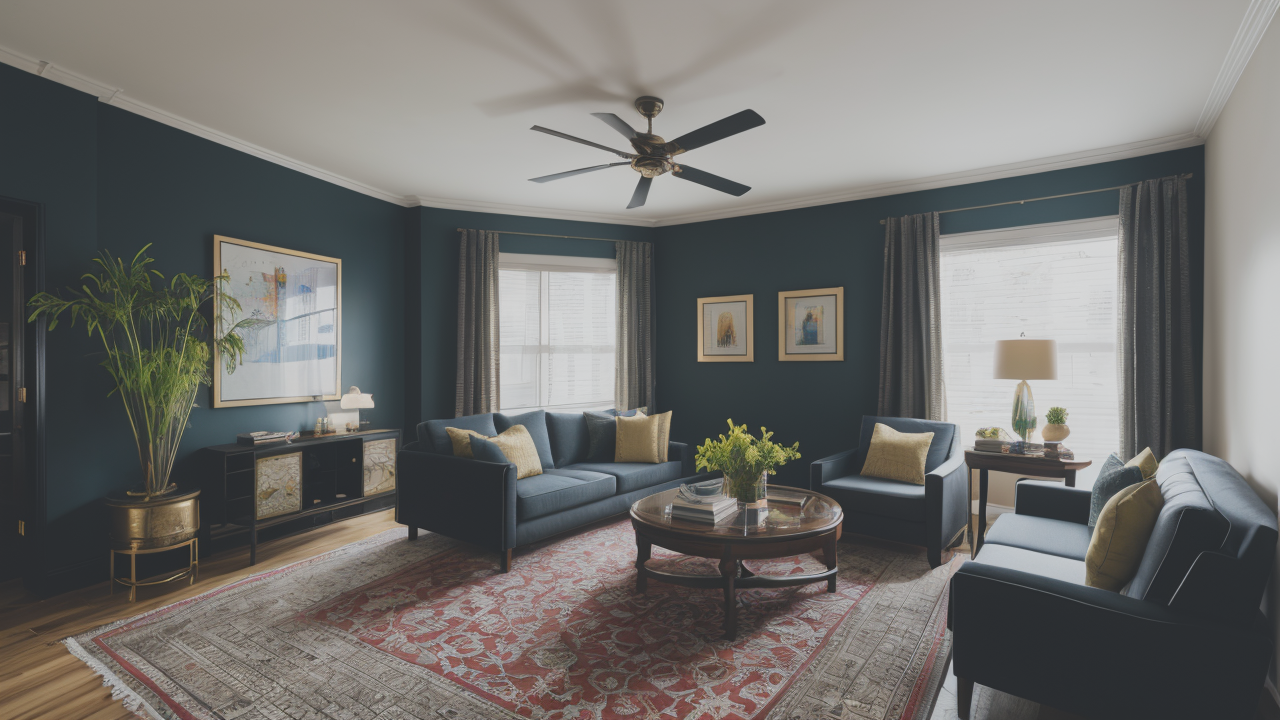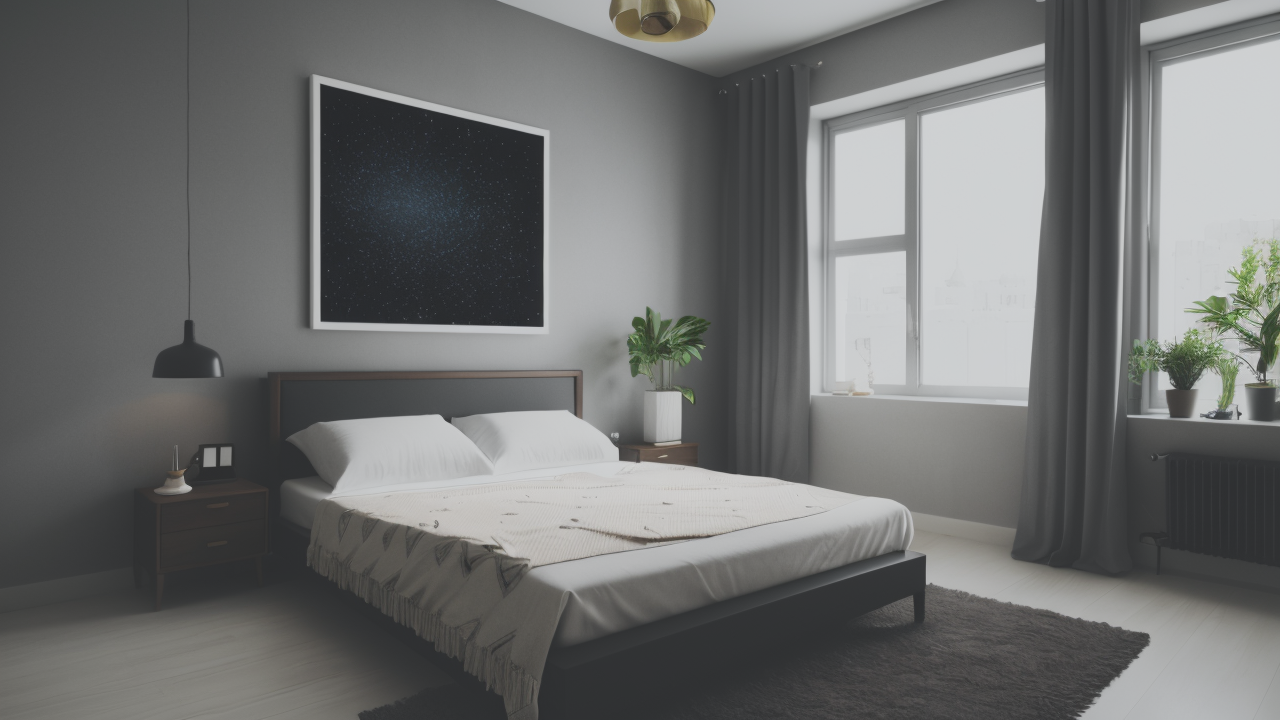
Mastering Plaster Art on Walls: Techniques for Creating Textured Masterpieces
The Origins and Evolution of Nawabi Art
Historical Context of the Nawabi Era
The Nawabi era was a time of great artistic growth in India. It started in the 18th century and lasted until the mid-19th century. This period saw the rise of local rulers called Nawabs. They were known for their love of art and culture.

Nawabs built grand palaces and filled them with beautiful objects. They supported many artists, poets, and musicians. This led to a unique blend of styles in art and architecture. Nawabi art mixed Persian, Mughal, and local Indian elements.
The art of this time was rich and detailed. It often showed scenes from court life or nature. Artists used bright colors and fine brushwork. They made both small paintings and large wall murals. These works decorated the walls of palaces and wealthy homes.
Nawabi art was not just about beauty. It also showed the power and taste of the rulers. The style spread beyond the courts and influenced wider Indian culture. Its legacy still inspires artists and designers today.
The Influence of Nawabi Culture on Modern Decor
Nawabi culture has left a lasting mark on modern decor. We can see its influence in many parts of today's design world. The rich patterns and colors of Nawabi art are still popular.
Designers often use Nawabi-inspired motifs in wallpapers and fabrics. These may include floral designs or complex geometric patterns. The use of gold and jewel tones is another nod to Nawabi style. These elements add a touch of luxury to modern rooms.
Furniture design also shows Nawabi influence. Curved lines and ornate details recall the era's elegant style. Carved wood pieces and inlaid work are common in Nawabi-inspired decor.
Wall art is a key area where Nawabi style shines in modern homes. Many artists create works that blend old and new. They use traditional methods to make pieces that fit in today's spaces. This mix appeals to those who want a global look in their decor.
Nawabi Art in Contemporary US Wall Decor
The Intersection of Nawabi Aesthetics with American Styles
Nawabi art is finding a place in US homes. It adds a global touch to American decor styles. This blend creates spaces that are both familiar and exotic.

In many US homes, Nawabi-inspired art serves as a focal point. Large paintings or prints with intricate designs catch the eye. They add depth to rooms with simple, modern furniture.
Color is key in this fusion. The rich hues of Nawabi art stand out against neutral walls. Gold accents, common in Nawabi style, add warmth to cool American palettes.
Texture also plays a big role. Nawabi-inspired textiles and wall hangings add visual interest. They soften the clean lines often found in US interiors. This mix of smooth and textured surfaces creates balance.
Many US designers use Nawabi elements to add character to spaces. A single piece of Nawabi-inspired art can change a whole room. It brings in history and culture without being too much.
Case Studies: Successful Nawabi-Inspired Decor Projects
Several US design projects have used Nawabi art with great success. These examples show how this style can improve various spaces.
One example is a boutique hotel in New York City. The lobby has a large mural inspired by Nawabi art. It shows a garden scene with peacocks and flowers. The mural's bright colors contrast with the room's modern furniture.
A high-end home in Los Angeles shows another great use of Nawabi style. The living room has a set of framed Nawabi-inspired prints. These colorful works stand out against white walls. They add personality to an otherwise simple space.
A tech company in San Francisco used Nawabi-inspired designs in its office. Meeting rooms have wall panels with intricate patterns. These add visual interest and create a unique atmosphere. Both employees and clients enjoy the mix of old and new.
These projects show how Nawabi art can work in different settings. It adds culture and style to both public and private spaces.
Market Trends and Consumer Demand for Nawabi Art
Analyzing the Rise in Popularity
Nawabi-inspired wall art is gaining fans in the US. This trend has grown for several reasons. People are more interested in global design styles now. They want their homes to reflect a worldly outlook.

Social media has helped spread the trend. Sites like Instagram show beautiful rooms with Nawabi elements. This inspires people to try the style in their own homes.
Many people want decor that tells a story. Nawabi art offers rich history and cultural depth. It allows homeowners to create spaces that are meaningful and beautiful.
Interior designers report more requests for Nawabi-inspired pieces. Art galleries now offer more works in this style. Online shops have expanded their selection of Nawabi-influenced items.
The appeal crosses different age groups. Young professionals like the style's bold look. Older buyers appreciate its elegance and history. This broad appeal suggests the trend will continue to grow.
Future Outlook: The Growing Appeal of Nawabi Art in the US Market
The future looks bright for Nawabi art in US decor. As interest in global design grows, this style is set to expand. It can blend with different decor types, which helps it stay popular.
New artists are finding fresh ways to use Nawabi themes. They create works that feel both timeless and modern. This keeps the style current and appealing to new buyers.
The trend towards sustainable decor also benefits Nawabi-inspired art. Many pieces are handmade, which appeals to eco-conscious consumers. This fits with the move towards more thoughtful home design.
As the US becomes more diverse, interest in global art forms is likely to increase. Nawabi art offers a way to celebrate cultural richness in home decor. It's set to remain popular with those seeking unique, sophisticated interiors.
The versatility of Nawabi-inspired designs is key to their future success. They can be bold statement pieces or subtle accents. This flexibility ensures they can fit into many different decor schemes.


